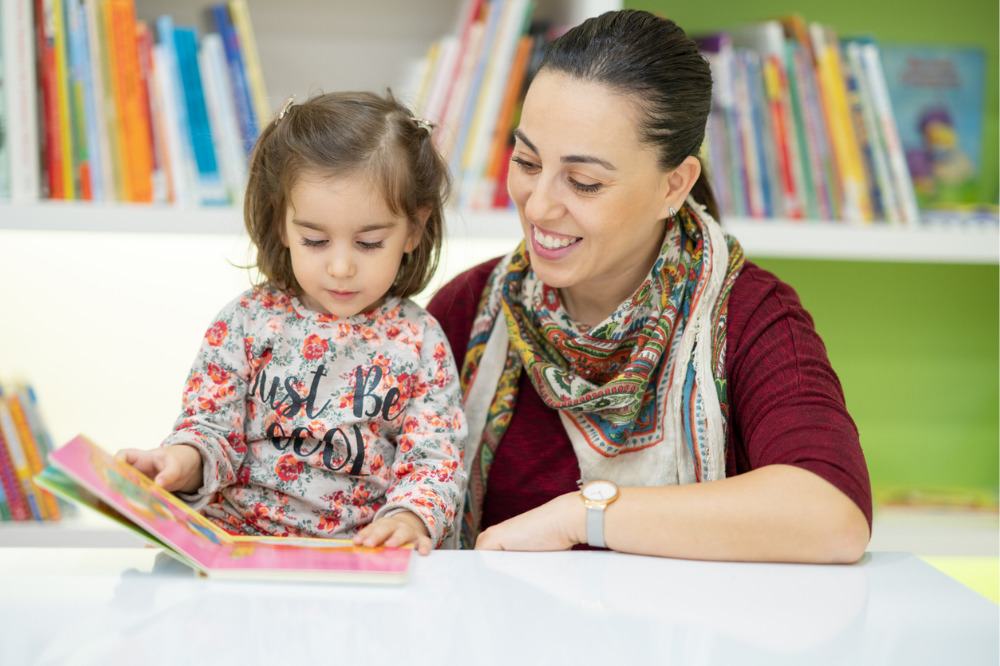
At the end of 2019, the OECD released the latest results of its Programme for International Student Assessment (PISA). The results showed, since PISA first assessed reading literacy in 2000, Australia’s mean score had declined by the equivalent of around three-quarters of a year of schooling.
To address this, the Federal Government launched a full review of the Australian Curriculum which for the first time will put all learning areas under the microscope.
The Review aims to improve the Curriculum by “refining, realigning and decluttering” the content, putting a greater focus on the essential knowledge and skills students should learn and making it clearer for teachers on what they need to teach.
In a tandem push to boost literacy outcomes in schools, the government has been encouraging states to adopt the Year 1 phonics check, already being rolled out in NSW and SA schools.
The phonics screening check – a five to seven-minute assessment that tells teachers how their students are progressing in phonics – consists of 40 words which are delivered through a mixture of 20 real words and 20 pseudo-words.
While some experts have highlighted research supporting the Year 1 phonics check, others say there is much more nuance in the important process that is teaching a child to not only read, but understand what they’re reading.
Below, The Educator speaks to Denyse Ritchie, honorary chair of literacy at Murdoch University and the principal of the THRASS Institute, about phonics education, concerns over decodable readers and the importance of early intervention.
TE: The ACARA Review recognised that phonics plays an important role in children’s literacy but acknowledged that it is not the only driver of literacy outcomes. What are some implications of this for children’s literacy outcomes in 2021 and beyond?
I always say to teachers, teaching children to read and to write is rocket science. It's a complex process. Phonics is essentially teaching children how to map speech to print. When we're talking about teaching anybody to read any language, we have to be able to explain how the funny little scribbles on a page are representing speech sounds or representing words. The way that we teach phonics is going to be critical to what happens to us in the future. At the moment, the way that people are looking at phonics, they’re going to look back in another five, 10 years and ask, ‘what were we thinking?’ Why are we teaching children this very narrow, linear process in teaching children, first of all, that a letter has a sound, only then just to come back and to change that process on them? The way that we teach phonics is actually going to determine lots of outcomes from here on, and sadly, as I'm seeing with many schools now, they're telling me that because of the phonics that they've been either mandated to teach, or what's happened in their school, many more children are actually struggling with literacy.
TE: Another point of contention has been around the impact of decodable readers on students’ reading outcomes. We have seen some state governments provide funding for these decodable readers in recent years, but some literacy experts have expressed concern about this push. What is your view?
Every reading book that I've ever used with a child has been a decodable reader. I find ‘decodable reader’ a quite a confronting term because that suggests all the other reading books that we use in a schools are not decodable readers. What these reading books that people call decodable readers are actually what we call ‘phonic procreation readers’, and they follow a very strict linear process to teach children to read and write. Now, to teach children to read is really important in the respect that the way you teach phonics, the teacher's subject knowledge will determine whether or not we believe a book is decodable, or not decodable. If you believe that children are only capable of doing A makes "ah", B makes "buh", C makes "cuh" or SATPIN, and so forth, then you will use those reading books. I don't believe that. I believe children are really, really clever. I think children, from the time children are born, we teach them to discriminate. The problem is that people are trying to remediate a problem by taking the problem to one very basic level of teaching children to read, believing that this is going to change literacy outcomes in our schools. But I have not yet seen one study, or one school, that has approached me and said, “Wow, every child in our class can now read – this is amazing!”. It's just not happening.
TE: Research has shown early intervention to be critical in improving children’s reading outcomes. What do you make of the government’s new investment in early childhood in this context?
The earlier that we can analyse children's reading and how they’re writing in the early years, the sooner we can intervene at the point of need, and that is really important. If these children start enjoying literacy, sharing books, having fun looking at phonic patterns around the room, and so forth, we’ll start improving early literacy skills. But the way we intervene in children’s learning is really important, and that comes down to analysing what our children are actually doing. That, sadly, comes down to the fact that we need way more staffing in early years education. From my perspective, we shouldn't have any more than 15 children in a classroom. Teachers need more time to analyse, follow those children in those early years and be continually intervening at their point of need, building on what they need. That's the way we are going to make real change. In my 40 odd years of teaching, the number of children struggling with literacy hasn't changed. That's what we have to address. The reason it hasn't changed is because we're not addressing children's needs at their point of need.


